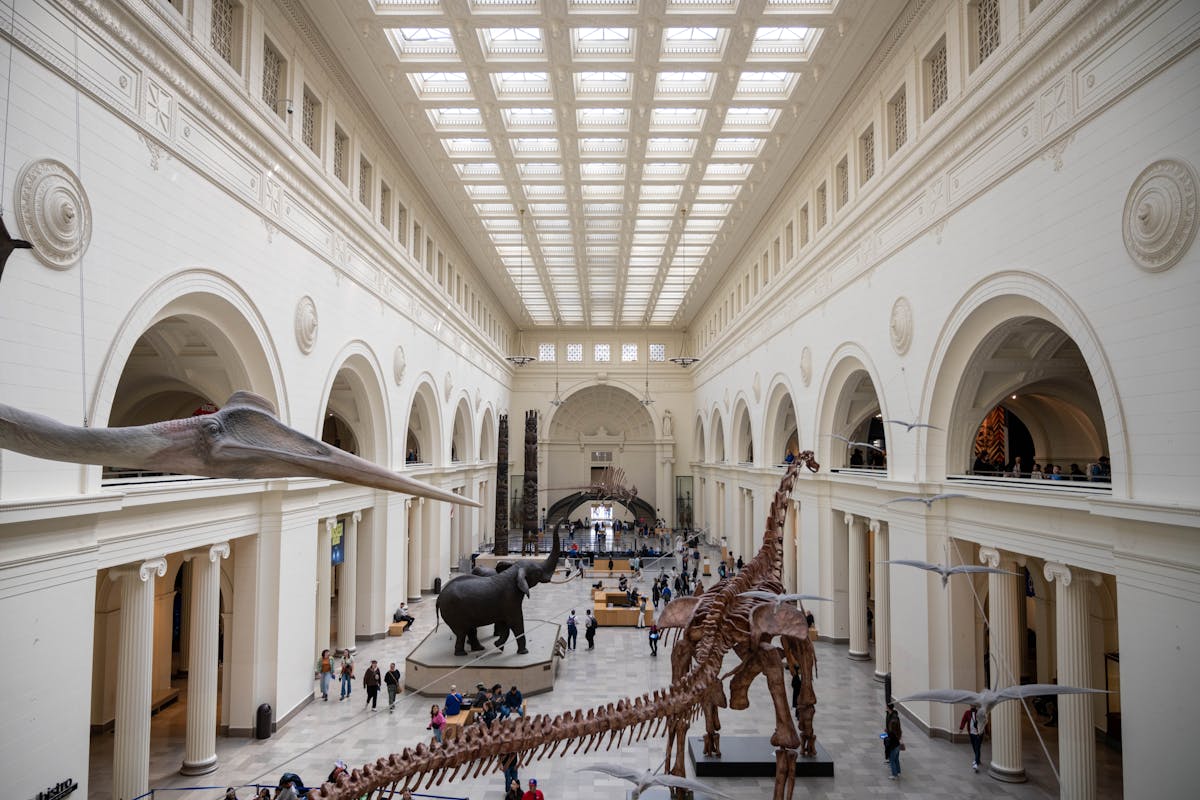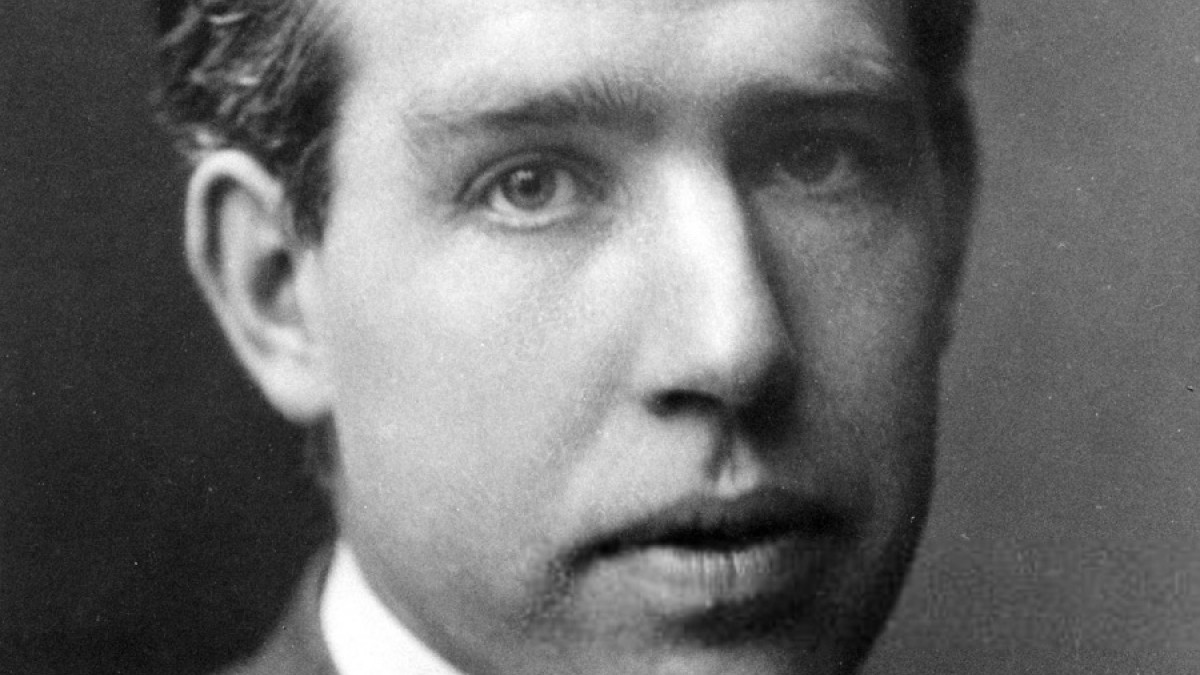Stephen Jay Gould stands as one of the most influential figures in modern evolutionary biology. Renowned for his unique approaches and prolific writing, Gould did more than popularize science; he revolutionized critical paradigms in evolutionary thought. His work traversed from academic theory and technical contribution to accessible public education, earning him an indelible spot among twentieth-century scientific pioneers.
Challenging Darwinian Orthodoxy: Punctuated Equilibrium
One of Gould’s fundamental contributions to evolutionary biology is the idea of punctuated equilibrium, which he developed alongside Niles Eldredge in 1972. During that period, the dominant theory—commonly referred to as phyletic gradualism—proposed that species evolved progressively and consistently over extended periods. According to traditional Darwinism, fossils should demonstrate gradual changes in anatomical traits from one generation to the next.
Instead, upon meticulous examination of the fossil record, Gould and Eldredge observed something quite different: species tended to remain morphologically stable—what they termed stasis—for millions of years, interrupted by relatively brief intervals of rapid change leading to the emergence of new species. This “punctuated” pattern better explained the notable gaps between fossil forms and challenged the assumption that slow, unbroken transformation was the norm.
Away from being just a minor adjustment, the theory of punctuated equilibrium compelled biologists to rethink the processes and rates of evolution. It revived discussions about the influence of natural selection compared to other evolutionary factors and highlighted concerns regarding sampling bias and the preservation of fossils.
Broadening Evolutionary Processes: Exaptation and Limitations
Gould’s impact reached beyond equilibrium patterns. Alongside Elisabeth Vrba, he introduced the concept of exaptation. This term highlighted the idea that structures or behaviors might evolve for one function and later be co-opted for a different use. For example, feathers may have originally evolved for insulation or display before being used in flight. This insight broadened the perspective on adaptive evolution, emphasizing historical contingency and the complex origins of biological traits.
Another subject of Gould’s scrutiny lay in the concept of biological constraints. Along with Richard Lewontin, he published the influential paper “The Spandrels of San Marco and the Panglossian Paradigm”, which critiqued the rampant adaptationism in evolutionary biology. They argued that not every trait is a direct product of natural selection; rather, some characteristics may be byproducts of selection on other features or may result from architectural and developmental constraints. The metaphor of “spandrels” compared these traits to architectural features that arise incidentally.
This analysis initiated a heated discussion, encouraging deeper examination of evolutionary science, particularly in the context of genetic, developmental, and structural constraints on potential evolutionary results.
Hierarchical Evolution and Species Selection
Gould also redefined evolutionary theory by promoting the idea of hierarchical selection. Traditional neo-Darwinian theory emphasized selection occurring on the level of genes or individuals. Gould argued that selection can also act at higher organizational levels, such as species or clades. This approach, sometimes called species selection, suggested that macroevolutionary patterns, such as rapid diversification or extinction, could not be fully explained by processes operating at the genetic or organismal scale alone.
His work The Structure of Evolutionary Theory brought together these concepts, offering a perspective of evolution functioning on several interconnected layers—genes, organisms, demes, species—and emphasizing the relationship between microevolutionary processes and macroevolutionary trends.
Support for Science Outreach and Historical Background
Gould’s talent as a science communicator was unmatched. Through collections like Ever Since Darwin and The Panda’s Thumb, he demystified complex concepts for lay audiences. He tackled subjects ranging from deep time and evolutionary contingency to debates around creationism, famously testifying in legal proceedings defending scientific curricula from religious intrusion.
Gould was also a historian of science, bringing context from paleontology, biology, and even architecture to illuminate the philosophical roots and implications of contemporary scientific thought. His writings underscored the importance of historical contingency—the idea that chance events and unique histories shape evolutionary outcomes, challenging deterministic narratives.
Steering the Course of Contemporary Evolutionary Biology
Few researchers have fundamentally transformed their discipline while effectively sharing its core concepts with the general audience. Stephen Jay Gould’s contributions disrupted intellectual stagnation, fostering essential discussion and a variety of perspectives in evolutionary biology. His ideas still encourage empirical study, ranging from fossil pattern analyses and developmental limitations to breakthroughs in evolution. Gould’s unyielding curiosity and interdisciplinary method confirmed that the history and trajectory of life on Earth are as intricate, active, and unexpected as the scientific method itself.




